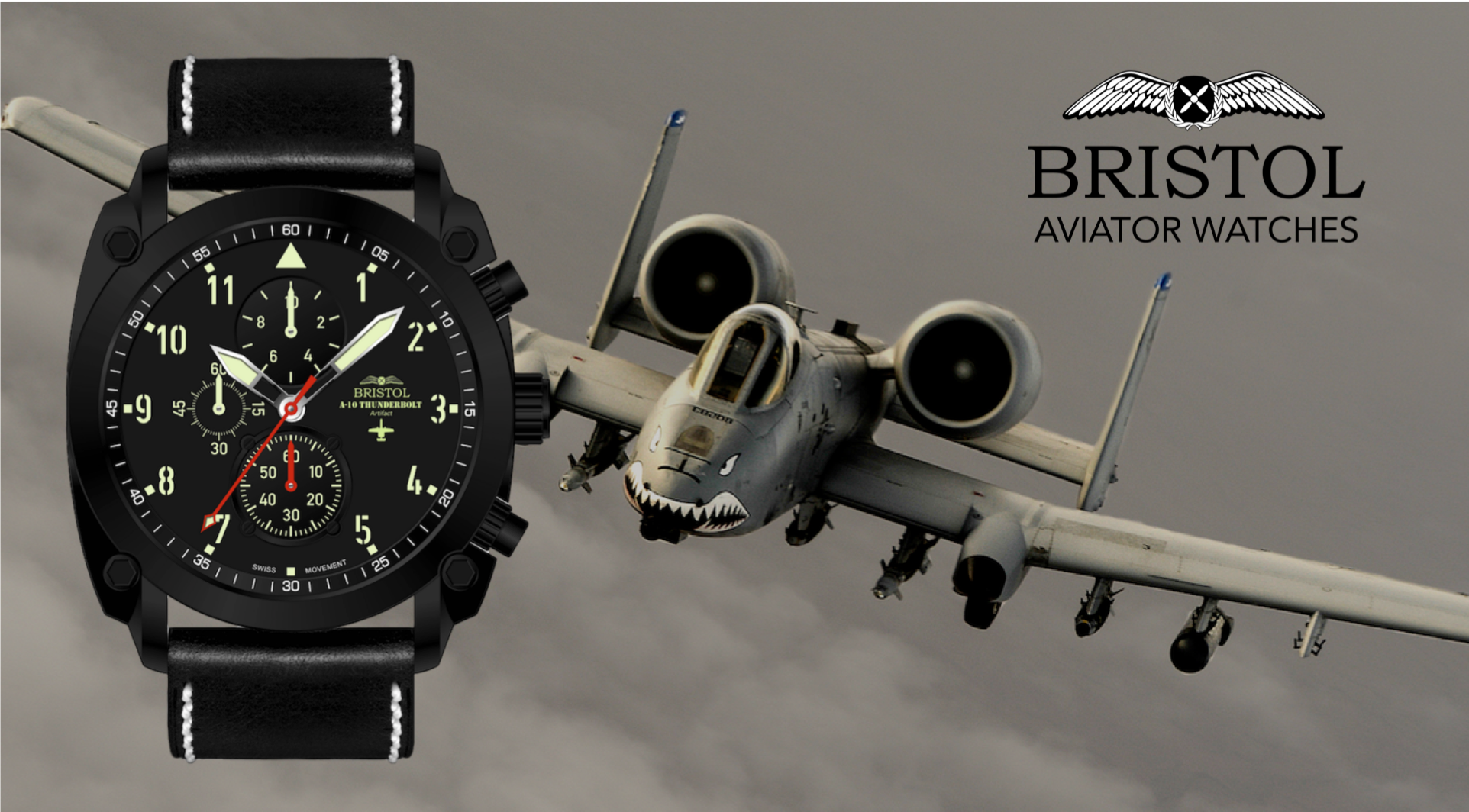BUY NOW, PAY LATER! - FREE WORLDWIDE SHIPPING - EASY RETURNS - 24 MONTH WARRANTY
BUY NOW, PAY LATER! - FREE WORLDWIDE SHIPPING - EASY RETURNS - 24 MONTH WARRANTY

By Tom Demerly
Arguments about weapons systems tend to be circular and hard to win. The discussion about close air support, the retirement of the aging A-10 Thunderbolt II and the entry of the F-35 Joint Strike Fighter along with the relevance of the recent Light Attack Experiment continue to swirl. But one thing that cannot be argued is the lethality and spectacle of the A-10’s GAU-8 Avenger 30mm, seven-barrel Gatling-type cannon
This video was released on January 24, 2018 from the U.S. Air Force Central Command Public Affairs office. It is credited to the 94th Airlift Wing which, oddly enough, is primarily an airlift wing. The Defense Video Imagery Distribution System (DVIDS) gave no reason why this video was released through an airlift wing, but it is likely due to logistics.
The video, shot from an unknown camera platform, shows an Air Force A-10 Thunderbolt II conducting a strike on a Taliban vehicle fleeing the scene of an attack in Kandahar province on January 24, 2018. The insurgents in the vehicle were armed with a DShK 12.7 mm heavy machine gun, which had been used moments earlier during the attack on Afghans.
The video is relevant to the close air support discussion for a number of reasons. Firstly, it showcases the accuracy of the GAU-8 weapons system, at least in this single instance. You can see that two 30mm rounds penetrate the hood of the vehicle, then one penetrates the roof of the driver’s compartment and a fourth round goes through the roof of the passenger area of the vehicle. Considering the speed of the vehicle and that the A-10 was, of course, moving also, this is a noteworthy degree of accuracy.
Needless to say, more than rounds left the cannon, and there appear to be two separate firing passes shown in the video.
The video also suggests an interesting scenario where, if the A-10 attacked from above 5,000 feet or even much higher (especially if required to remain outside the envelope of anti-aircraft systems like MANPADS), this imagery may have been collected from another aircraft, not the A-10 conducting the strike. A likely candidate would be a remotely piloted aircraft providing intelligence, surveillance and reconnaissance (ISR) and then maybe even target designation for the attacking aircraft. While we do not know if this was the case with this video, it is a common enough practice to suggest in this instance.

While it’s unlikely proponents on either side of the “Save the A-10” movement will be swayed by videos like this one, and these videos date back to the A-10s first operational deployment of the A-10 in 1991, they remain compelling. During its first operational deployment in the Gulf War the A-10 was credited with destroying approximately 900 Iraqi tanks, 2,000 non-armored military vehicles and 1,200 artillery pieces according to a 1993 report. Article courtesy of the Aviationist: www.theaviationist.com.
Comments will be approved before showing up.
The P-51 Mustang is perhaps the most iconic allied fighter aircraft of World War II. It was designed and built by North American Aviation in response to a British requirement for a long-range fighter aircraft that could escort Allied bombers on missions deep into enemy territory.
The development of the P-51 Mustang began in 1940, when the British